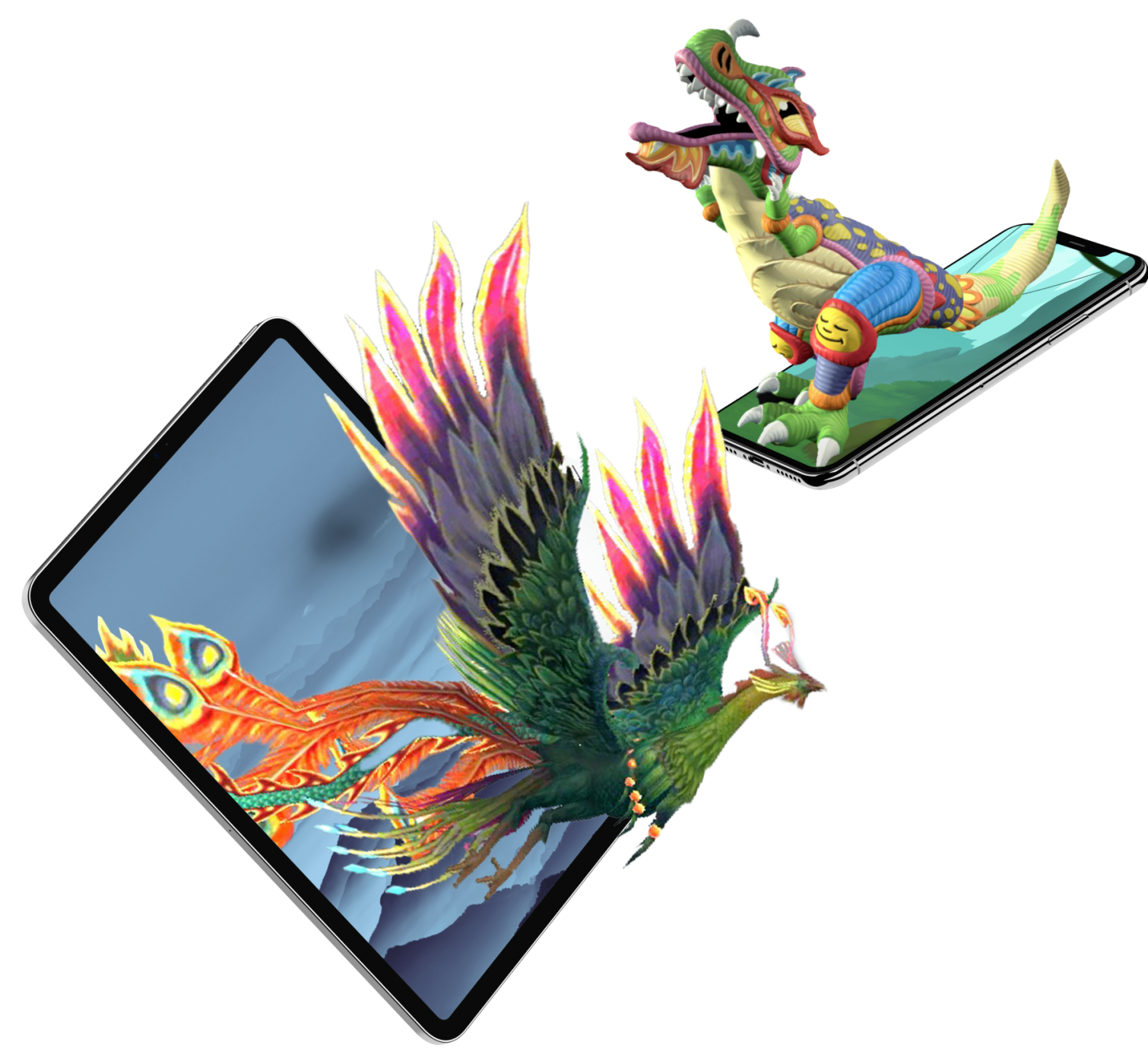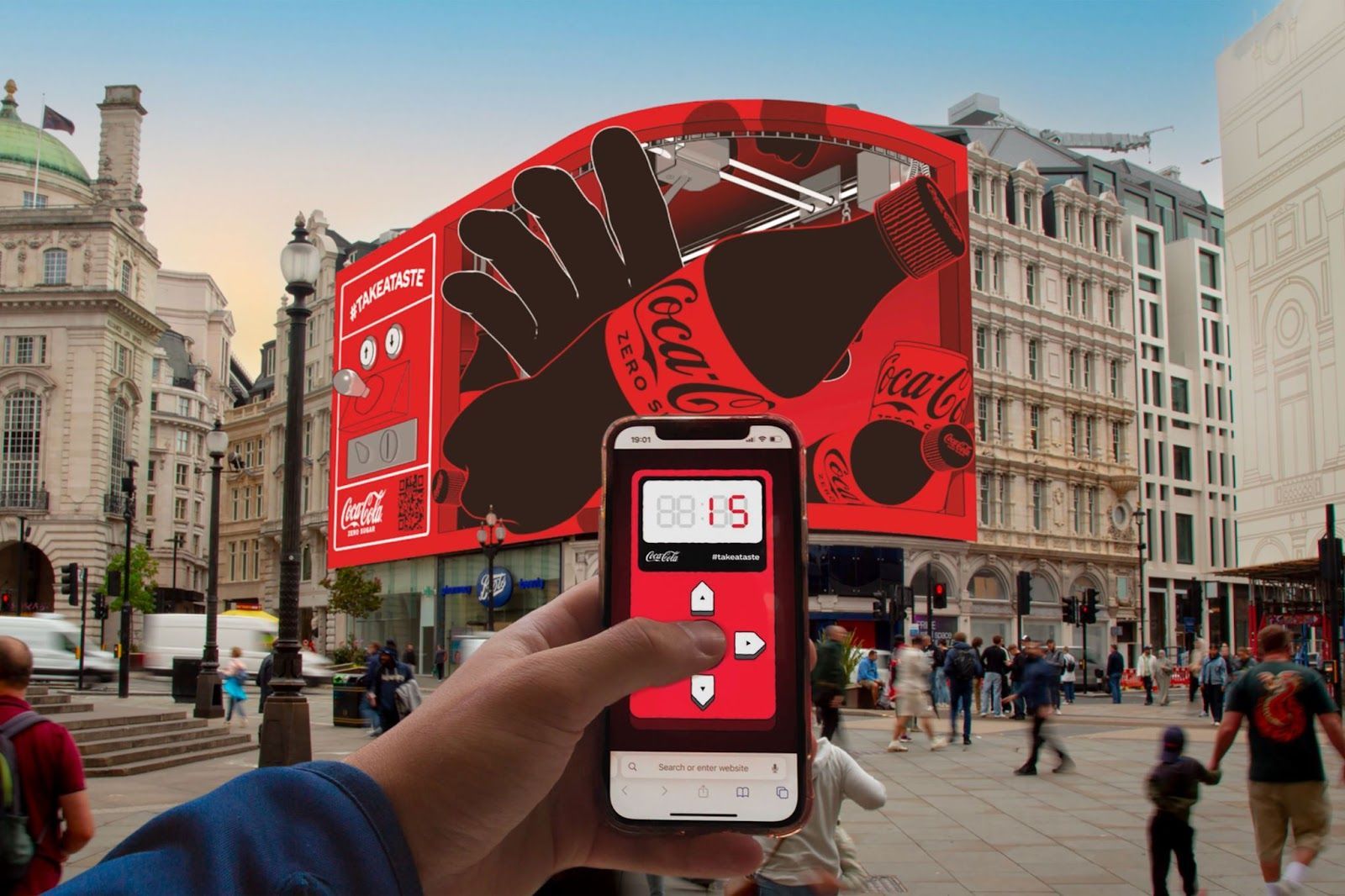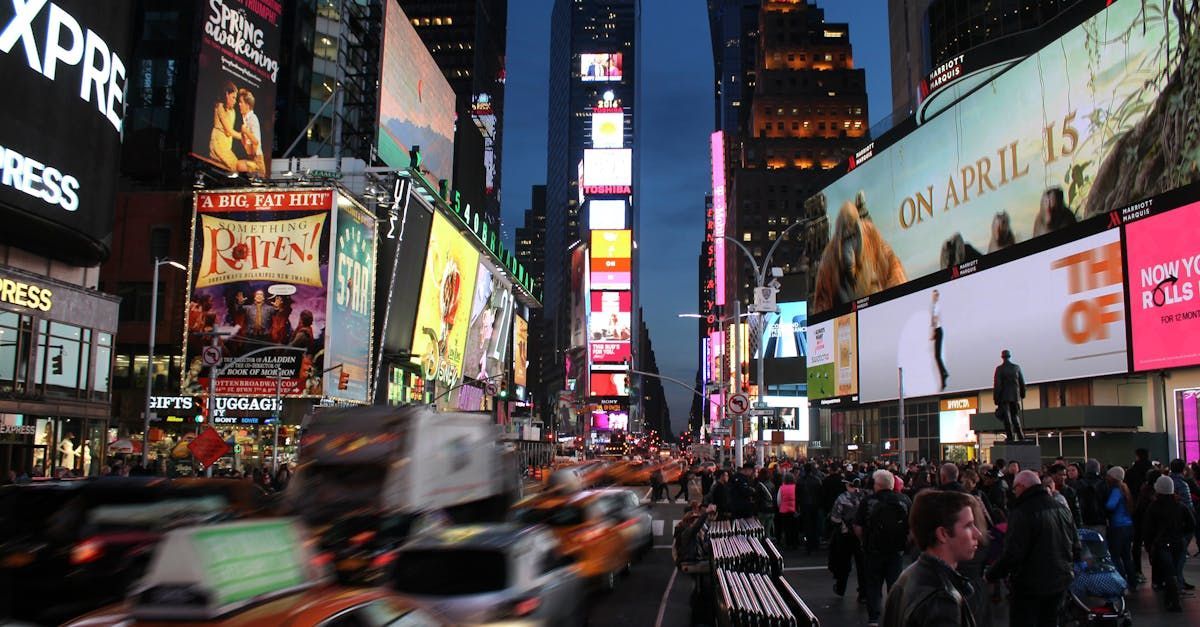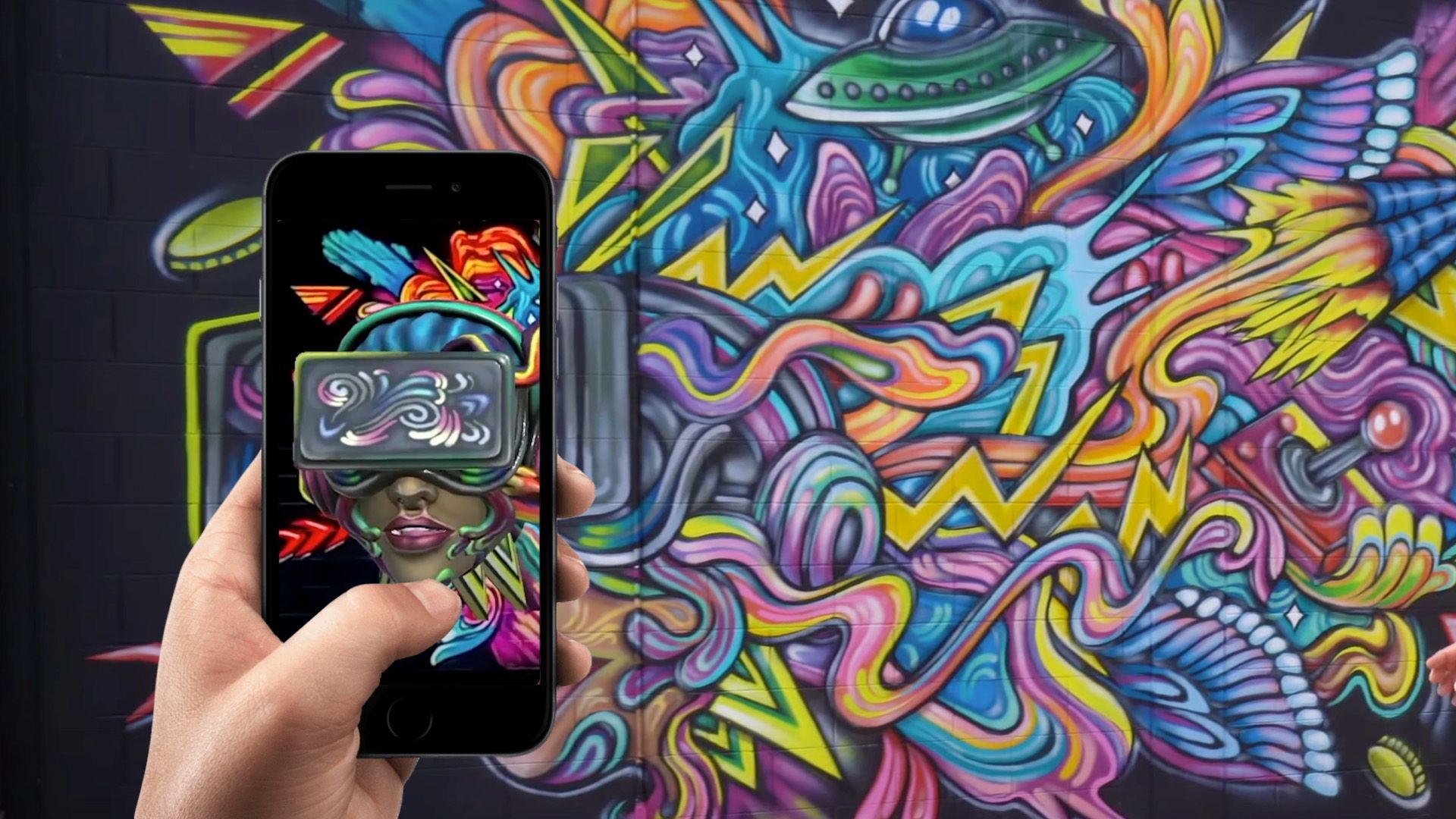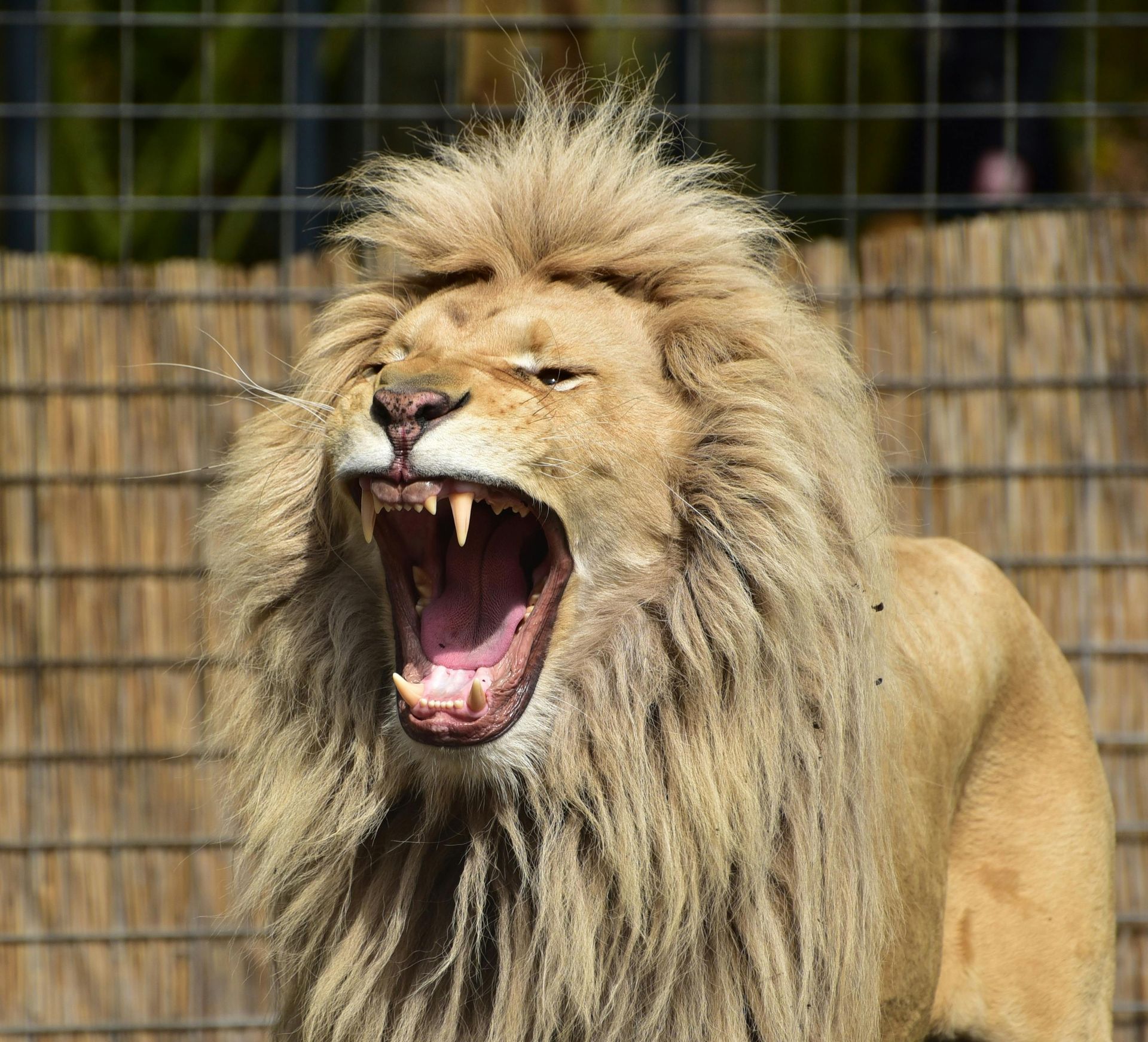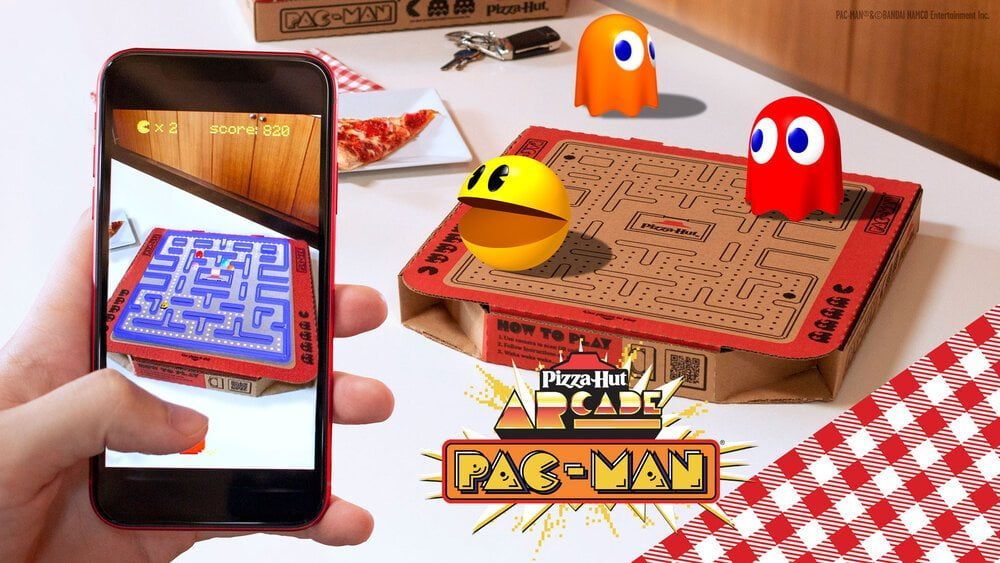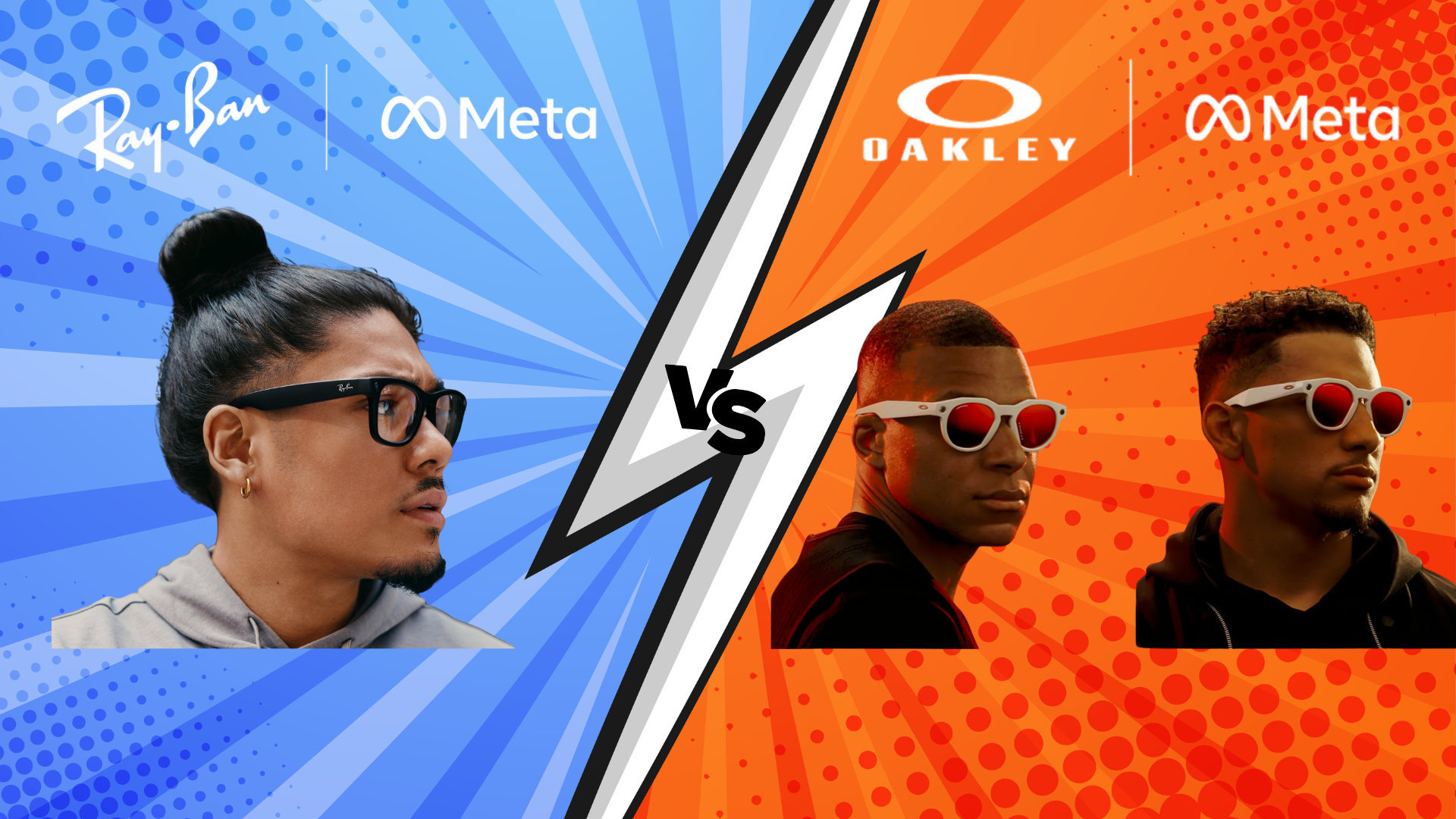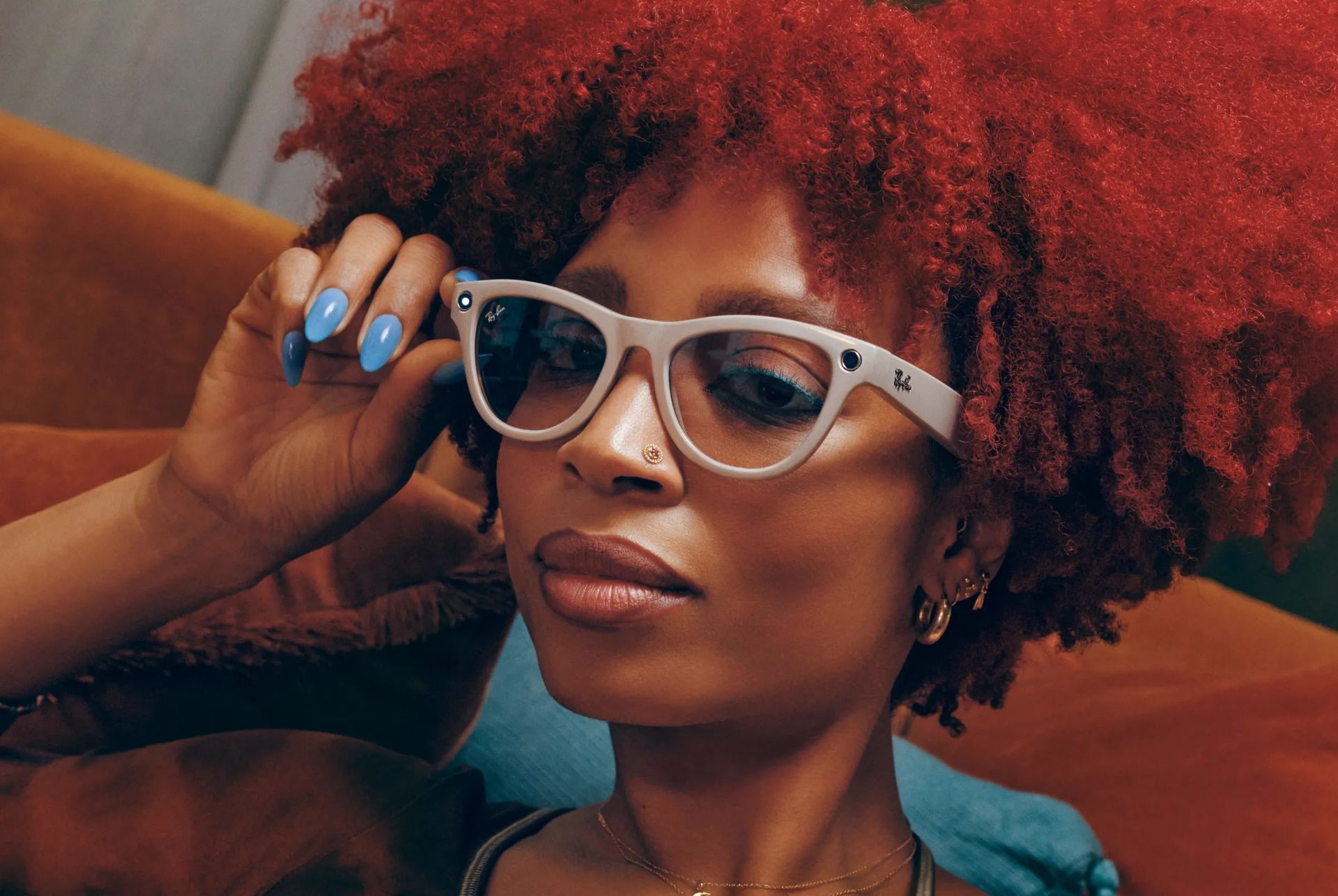Create 3D Assets Fast with Generative AI
3D Model of a Bulldog created using Generative AI
The Dawn of the Digital Twin: Game Changer in 3D Content Creation
Picture this - creating an exact, dynamic digital representation of a physical object or system. That's the power of a Digital Twin. It's a game changer for industries far and wide, from manufacturing to 3D content creation. But, creating digital twins can be tedious and time-consuming. That's where Generative AI steps in.
Basics of Photogrammetry and its Role in 3D Modeling
Have you ever wondered how these incredibly detailed 3D models are created? The key lies in Photogrammetry. It involves taking multiple high-quality 2D images from different angles and stitching them together to form a 3D model. However, as efficient as photogrammetry might be, it still requires considerable time and expertise.
The Shift to AI-Powered 3D Modeling: Why It's a Game Changer
Enter the world of AI-powered 3D modeling. It's turning the tables and redefining what we thought was possible. How, you ask?
Transforming the Animation Industry
Traditionally, animation involves manually creating and manipulating a series of images. This process is arduous and time-consuming. Generative AI can simplify this process, giving animators the ability to create 3D assets faster and easier than ever before.
A New Era for Game Developers
Game development often requires the creation of a vast number of unique 3D models, a process that takes countless hours. With Generative AI, game developers can create a multitude of unique assets rapidly, enabling them to meet deadlines without compromising on quality.

How Generative AI Works
Curious about the mechanics of Generative AI? Let's dive deeper.
Creating 3D Mesh from 2D Images
Generative AI uses machine learning algorithms to generate 3D assets. It can create a 3D mesh from 2D images, a process that would take a human modeler several hours, if not days.
New research is boosting the creative potential of generative AI with a text-guided image-editing tool. The innovative study presents a framework using plug-and-play diffusion features (PnP DFs) that guides realistic and precise image generation. With this work, visual content creators can transform images into visuals with just a single prompt image and a few descriptive words.
Enhancing Geometric Details with AI
Generative AI can also enhance geometric details on 3D models, creating higher quality assets that are more realistic and engaging.
The Role of Research Teams
Behind these AI models is a dedicated team of researchers working tirelessly to train the AI, ensuring it can produce high-quality, accurate 3D assets in real time.
Real-Time Generation of 3D Assets
Generative AI has the capability to create 3D assets in real time, a revolutionary feature for industries such as game development and animation.
Best Generative AI Tools for Creating 3D Models
As the use of AI in various industries continues to evolve, several cutting-edge tools have been developed to help create 3D models with ease. Here's a roundup of the best Generative AI tools for creating 3D models.
Luma AI
Luma AI develops photorealistic 3D capture software for users to capture photos of scenes and objects viewable in 3D on smartphones. The software utilizes neural capture and a rendering system to create the images. It finds applications in the e-commerce, real estate, and 3D games industries.
Polycam
Polycam is the world's most popular 3D scanning app for iOS, web and Android. With Polycam you can
scan the world around you with your mobile device, DSLR camera, or drone to get beautiful, accurate 3D models. Polycam has two modes for capturing objects: Photo & LiDAR. Their Photo Mode can be used with iOS devices and will reconstruct an object based only on the images. If you have an iOS device with LiDAR, you can use the LiDAR Mode and reconstruct a 3D model true to scale, if the object is not too small.
Runway ML
Runway ML offers an intuitive platform for machine learning that artists, designers, and other creative professionals can use. This tool allows for the creation of 3D models using AI, all without needing to write any code. It's user-friendly and a fantastic way to integrate AI into your 3D workflow.
Artbreeder
Imagine being able to mix multiple images to create a completely new one. Sounds impossible? Not with Artbreeder. This unique AI tool allows you to blend and morph images, creating realistic 3D models that are both impressive and high-quality. It's like breeding images to create a new generation of 3D
models!
DeepArt
Known for its unique ability to transform photographs into works of art, DeepArt uses AI algorithms to manipulate and convert 2D images into 3D-like pictures. This tool is a powerful ally for 3D artists looking to give their models a unique and artistic touch.
GANPaint Studio
Developed by researchers from MIT, GANPaint Studio is an AI tool that allows users to make specific changes to scenes, like adding buildings to a landscape or removing objects from a photo. This tool's precision and the ability to generate 3D-like images make it a game-changer for 3D content creators.
Daz 3D
Daz 3D offers high-quality, customizable 3D characters and model elements. But with their recent shift towards AI, they've upped the ante. Their AI-powered tools allow artists to create realistic human figures and other 3D models quickly and efficiently.
The Future of Virtual Worlds with AI-Powered 3D Content Creation
As AI continues to advance, it will play a pivotal role in shaping the virtual worlds of tomorrow.
Addressing the Time-Consuming Process of 3D Modeling
The tedious process of creating 3D models is becoming a thing of the past thanks to Generative AI. It's a game changer, enabling 3D modelers to focus more on creativity and less on the technicalities of model creation.
Building High-Quality 3D Models Faster with AI
Generative AI can quickly build high-quality 3D models that can be used to create more engaging and immersive virtual experiences.
Conclusion
These AI tools are not just making the process of creating 3D models easier; they're revolutionizing it. With Generative AI, you can create more intricate, high-quality 3D models faster than ever before. The future of 3D modeling is here, and it's powered by AI.
FAQs
- What is Generative AI?
Generative AI is a type of artificial intelligence that uses machine learning models to generate new data that mimic the input data.
- How is Generative AI used in 3D content creation?
Generative AI can create a 3D mesh from 2D images, enhance geometric details, and generate 3D assets in real time, drastically reducing the time it takes to create 3D models.
- What is the role of research teams in Generative AI?
Research teams are crucial in training the AI models to ensure they can produce high-quality, accurate 3D assets.
- How does Generative AI impact game development?
Generative AI allows game developers to create a multitude of unique 3D assets rapidly, meeting deadlines without compromising on quality.
- What are some game engines that utilize Generative AI?
Unity and Unreal are two major game engines that have integrated Generative AI into their workflows.
TALK TO A PRO
We're here to bring your brand to life!
Stay Connected with BrandXR
Create Augmented Reality for Free!
Create, Publish, and Measure 3D Augmented Reality Experiences Without Having to Code.
